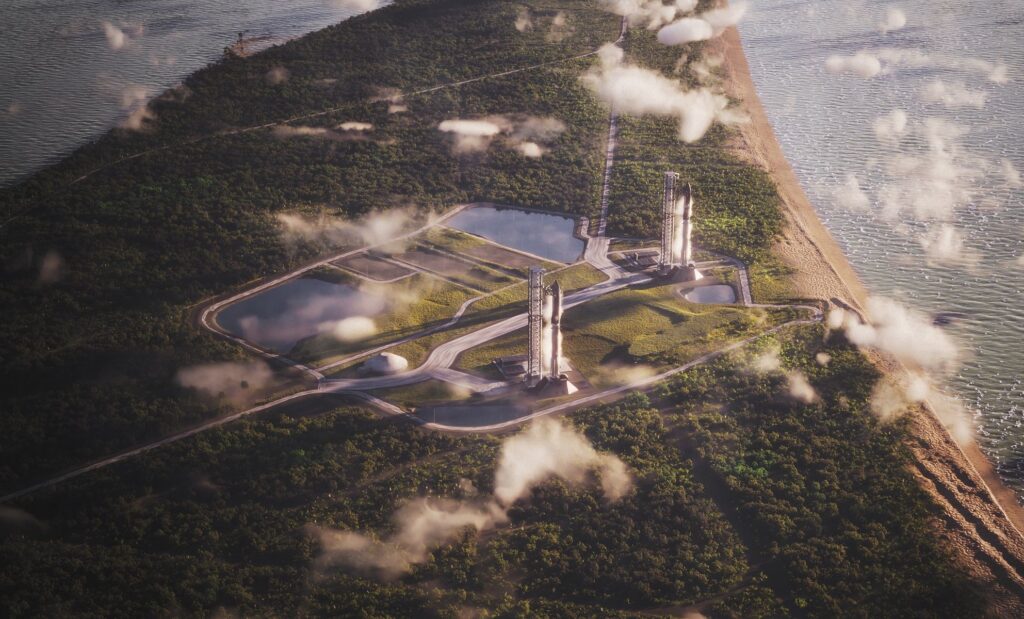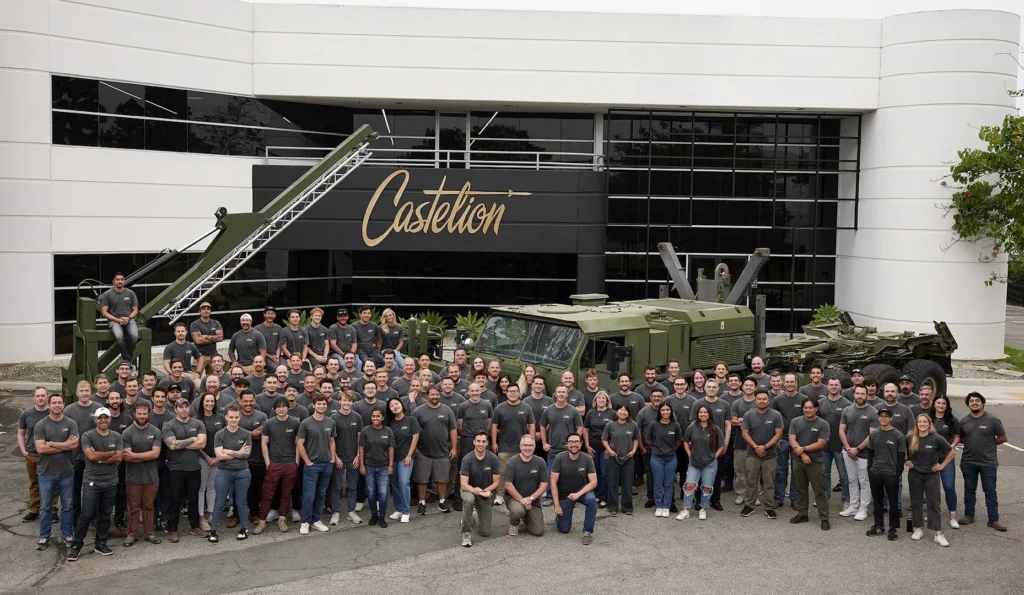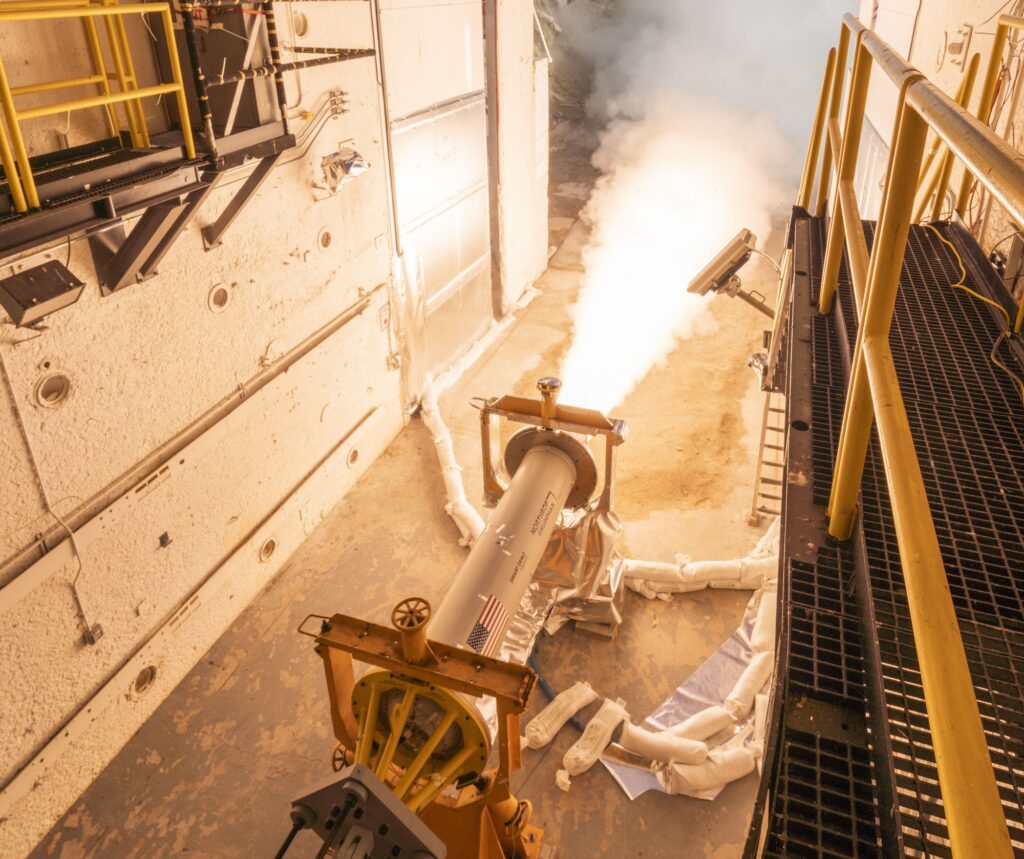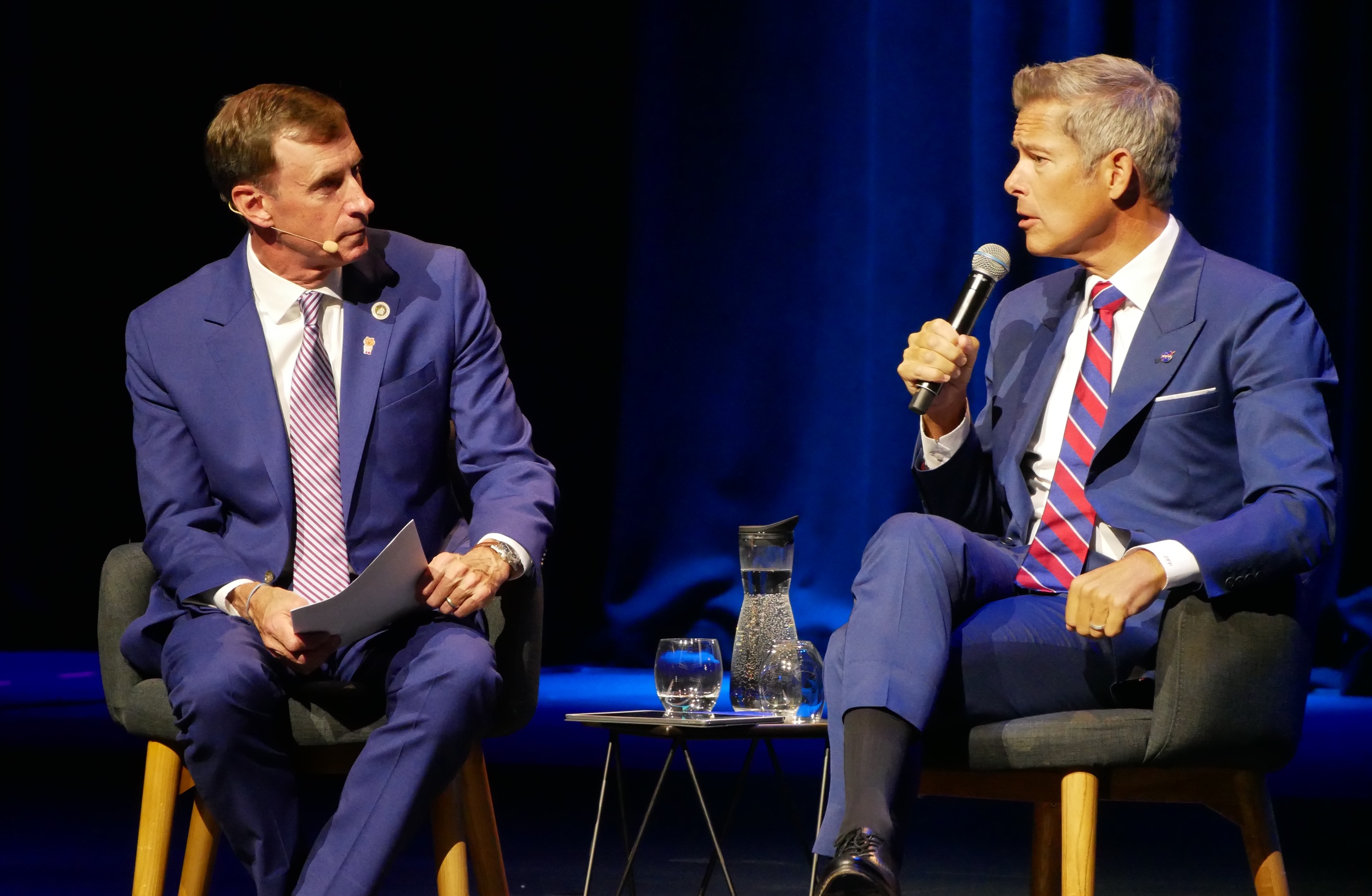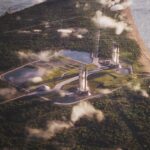Now Reading: The spreadsheet behind the Golden Dome sticker shock
-
01
The spreadsheet behind the Golden Dome sticker shock
The spreadsheet behind the Golden Dome sticker shock


WASHINGTON — A report published last month by defense analyst Todd Harrison estimating the potential costs of the Golden Dome missile defense system landed like a fiscal bombshell. President Trump in May said it would cost $175 billion over three years. The Congressional Budget Office projected between $161 billion and $542 billion over two decades. Harrison’s “robust all-threat defense” scenario came in at $3.6 trillion over the same time period.
During a meeting with reporters Oct. 2, Harrison opened the hood on exactly how he arrived at the jaw-dropping numbers — and challenged skeptics to run the calculations themselves.
The senior fellow at the American Enterprise Institute demonstrated the “Defense Futures Simulator,” an online tool he used to generate the Golden Dome cost estimates. The simulator allows users to create, simulate and analyze alternative defense strategies and budgets using real data. Harrison said the tool is publicly available so users can plug in their own assumptions.
“I get frustrated with people throwing out a number, but then they don’t tell you the assumptions behind it,” Harrison said. “You’ve got to know the altitude at which the interceptors are going to be orbiting. You got to know the minimum altitude at which they’re going to intercept a missile, you got to know the fly-out time of the threat missile.”
The devil is in the orbital mechanics
The Golden Dome system, mandated by President Trump in a January 2025 executive order, aims to protect the continental United States from ballistic, hypersonic, and cruise missile threats through a global network of sensors and interceptors. Congress committed $25 billion in July 2025 as an initial down payment.
Where costs explode is in the space-based interceptor constellation — orbiting satellites designed to detect, track, and intercept ballistic or hypersonic missile threats early in their flight. According to Harrison’s demonstration, even relatively minor variations in the altitude at which an interceptor is intended to hit a target can significantly drive the size and cost of the constellation.
The simulator calculated nine different options for space-based interceptors: three boost-phase options, three glide-phase options, and three midcourse phase options. The numbers get staggering fast. To intercept five missiles launched in a salvo during the boost phase would require 5,000 interceptors in orbit. To handle 50 missiles: 50,000 interceptors. The most robust defense, capable of intercepting 250 missiles, would require 250,000 interceptors in orbit.
“And that still would not be enough to intercept everything if Russia and China launched all their ICBMs at once,” Harrison noted.
The seemingly absurd ratio of interceptors to targets stems from the satellites’ limited fly-out range. Large numbers are needed to ensure global coverage at any given moment.
Delta-V, a variable that changes everything
Harrison highlighted another critical cost driver: the delta-V of each interceptor — how much it can change its velocity, which determines how much propellant it must carry. Some previous studies have assumed 4 or 6 kilometers per second of delta-V. But the U.S. Space Force, in a request for industry prototypes, asked contractors for a delta-V of 10 kilometers per second.
“Which is very high,” Harrison said. “When you have a larger delta-V for each interceptor, that means each interceptor has a greater fly-out range. It can cover a much larger area. Therefore you don’t need as many in the constellation. So delta-V is a big one.”
Other variables include whether the threat missile uses solid propellant (which burns fast) or liquid propellant (which burns longer) — a distinction that “actually makes a huge difference in the size of your constellation.”
To keep his estimates grounded in fiscal reality, Harrison imposed a constraint: the cost of Golden Dome should not exceed a quarter of the U.S. defense budget in any given year. “If you go truly budget unconstrained, that’s not helpful because it’s unrealistic,” he said. “I did then say, let’s not exceed more than a quarter of the defense budget in any given year because that would be crazy for one program to consume more than a quarter of the defense budget.”
The boost-phase fixation
Harrison pinpointed the Trump administration’s focus on boost-phase intercept as a key reason costs balloon to such heights. Trump’s executive order specifically calls for space-based interceptors to target missiles in their boost phase — while the missile is still over enemy territory and before the enemy can deploy warheads, countermeasures, and decoys.
The fixation on boost-phase intercept is the reason the costs are so high, “because you end up with these ratios that I have to have 1,000 interceptors in orbit in order to hit one missile at a time,” Harrison said.
If the goal shifted to midcourse defense, interceptors would have more time to fire and coast through space to reach their targets. Each interceptor could therefore cover a much larger area, and far fewer would be needed.
“I have found that there are a lot of people in the missile defense community that believe in boost-phase space-based interceptors as a matter of religious faith … and they don’t care to look at the numbers,” Harrison said.
What comes next
Gen. Michael Guetlein, head of the Golden Dome program, is currently working on a proposed architecture. Harrison expects this initial proposal will focus on the overall mix of space-based and ground-based defense systems to address various threats, rather than diving deep into space-based interceptor specifics.
“I think they’re actually a level above this,” Harrison said of the architecture design. “I think they’re doing that big architecture look at how much of each of these systems do we want? And then they’ll go back and do more detailed analysis for space-based interceptors, and what would it take to do that.”
The space-based interceptors would augment ground- and sea-based interceptors in the overall Golden Dome architecture.
Harrison emphasized that while his simulator can generate vastly different cost estimates depending on the assumptions, all scenarios are backed by data. “You can come up with lots of different numbers,” he said, “but they would be backed by data.”
Stay Informed With the Latest & Most Important News
Previous Post
Next Post
-
 012024 in Review: Highlights from NASA in Silicon Valley
012024 in Review: Highlights from NASA in Silicon Valley -
 02Panasonic Leica Summilux DG 15mm f/1.7 ASPH review
02Panasonic Leica Summilux DG 15mm f/1.7 ASPH review -
 03How New NASA, India Earth Satellite NISAR Will See Earth
03How New NASA, India Earth Satellite NISAR Will See Earth -
 04And Thus Begins A New Year For Life On Earth
04And Thus Begins A New Year For Life On Earth -
 05Astronomy Activation Ambassadors: A New Era
05Astronomy Activation Ambassadors: A New Era -
06SpaceX launch surge helps set new global launch record in 2024
-
 07From Polymerization-Enabled Folding and Assembly to Chemical Evolution: Key Processes for Emergence of Functional Polymers in the Origin of Life
07From Polymerization-Enabled Folding and Assembly to Chemical Evolution: Key Processes for Emergence of Functional Polymers in the Origin of Life












